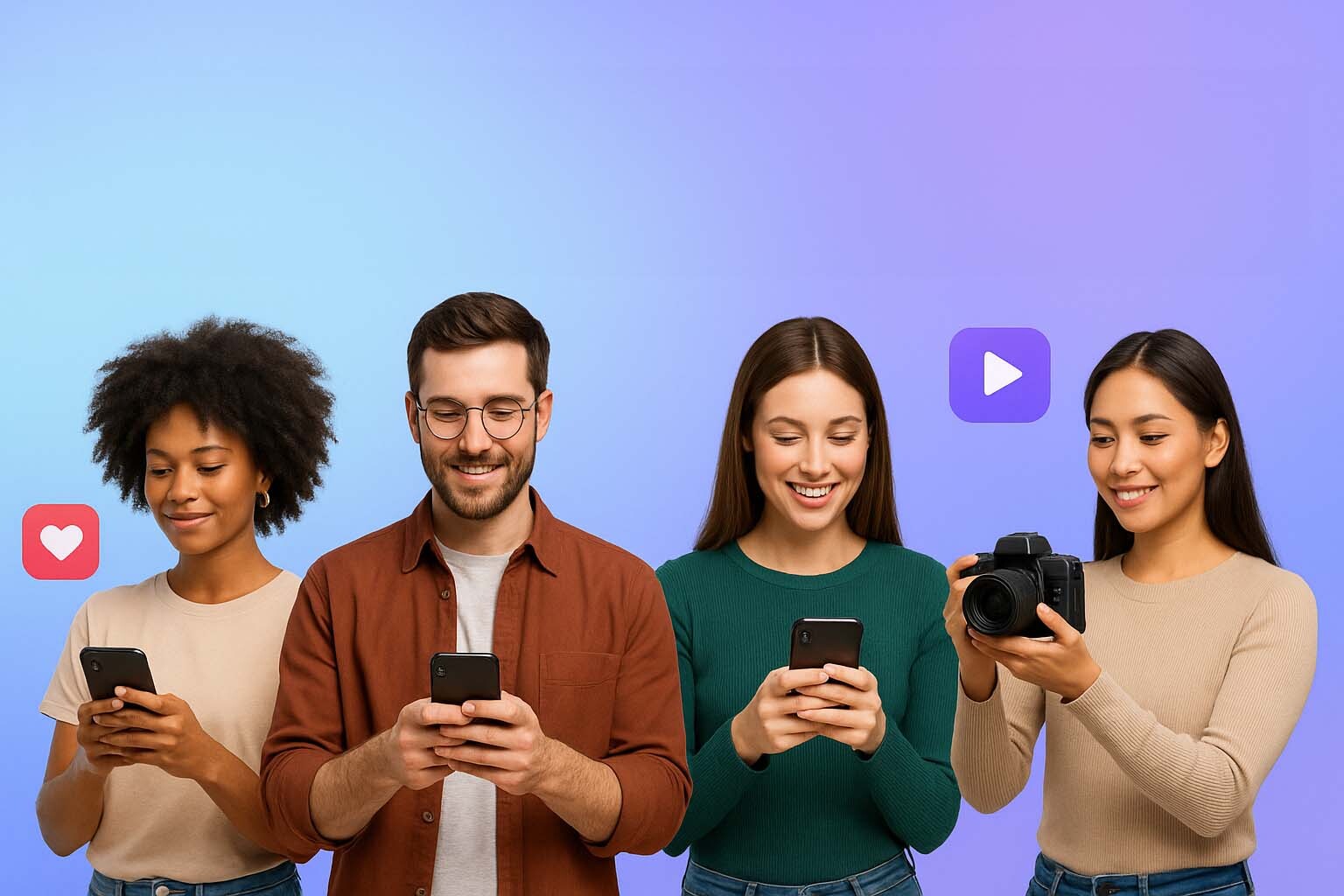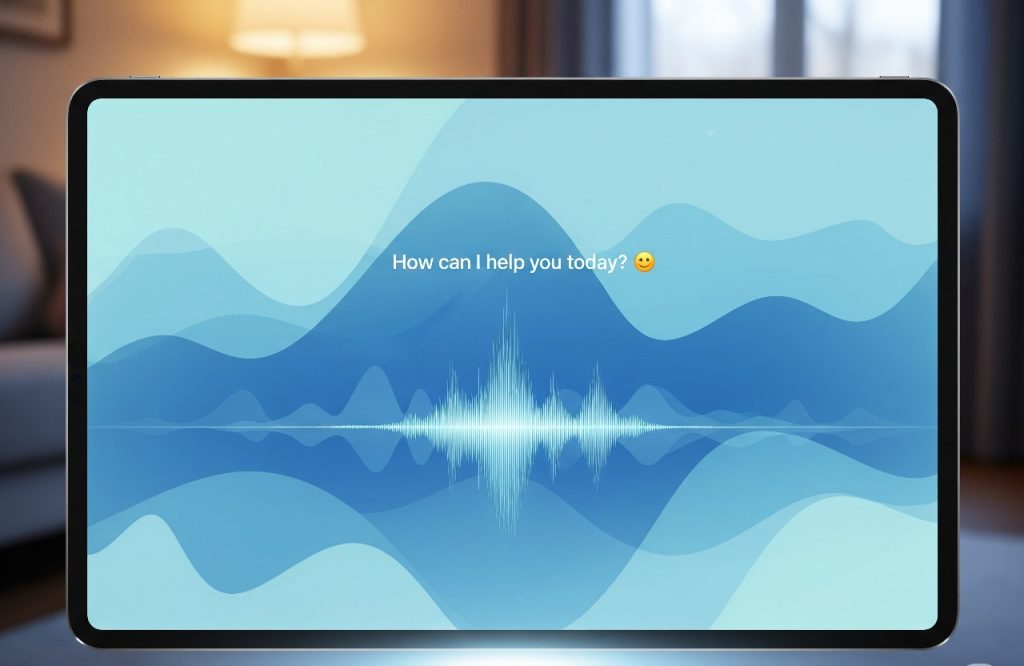Table of Contents
Influencer marketing has grown from a trend into one of the most reliable digital strategies in 2025. At FatcowDigital, we define influencer marketing as the use of trusted content creators to promote a brand, product, or service to their audience.
Influencer Marketing Definition
Influencer marketing is a form of social media marketing where brands collaborate with individuals who have influence over a specific audience. Instead of reaching people with traditional ads, businesses partner with creators whose followers trust their opinions.
Why Influencer Marketing Still Works in 2025
- High ROI: Brands earn about $4.12 for every $1 spent on influencer campaigns
- Adoption: 86% of U.S. marketers plan to partner with influencers in 2025.
- Consumer Trust: Influencers provide authenticity that ads alone often lack.
In an era where audiences seek genuine connections, influencers remain a bridge between brands and consumers.
Key Influencer Marketing Trends in 2025
- Micro and Nano-Influencers: Smaller creators with niche communities deliver higher engagement. Many brands now use a micro influencer platform to manage these relationships efficiently.
- Long-Term Partnerships: Multi-year collaborations show a 40% boost in customer loyalty.
- AI-Powered Campaigns: AI helps find influencers, measure engagement, and optimize campaigns.
- Authentic Content: Audiences prefer real, unpolished content honest storytelling wins over staged ads.
- B2B Influencer Marketing: Industry experts help B2B companies reach decision-makers.
Benefits of Influencer Marketing
- Boosted Brand Awareness: Access new, targeted audiences.
- Stronger Trust: Borrow credibility from influencers.
- Niche Reach: Perfect for highly specific markets.
- Cost-Effective: Micro and nano influencers often deliver more value than traditional ads.
How to Build a Winning Influencer Strategy
- Set SMART Goals: Define awareness, lead generation, or sales.
- Choose the Right Influencers: Use discovery tools or a micro influencer platform to align audience and brand.
- Create Authentic Collaborations: Provide creative freedom while keeping brand guidelines clear.
- Track and Optimize: Measure engagement, reach, clicks, and conversions. Use insights to adjust your influencer strategy.
Case Study: White Fox and Gen Z
Australian fashion brand White Fox captured Gen Z’s attention through influencer campaigns combined with viral social content. By partnering with both celebrities and micro influencers, they built a loyal community.
FAQs
Q1: What is influencer marketing in simple words?
It is when a brand partners with a person who has followers and trust, to share their product or message.
Q2: How do you find influencers for your brand?
You can search directly on platforms like Instagram or TikTok, or use specialized influencer platforms that match brands with creators.
Q3: What is the difference between a micro influencer and a celebrity influencer?
Micro influencers have smaller, niche audiences. They often deliver higher engagement rates because of their closer connection with followers.
Q4: What makes a good influencer strategy?
A good strategy includes clear goals, the right influencer partnerships, authentic content, and consistent performance tracking.




